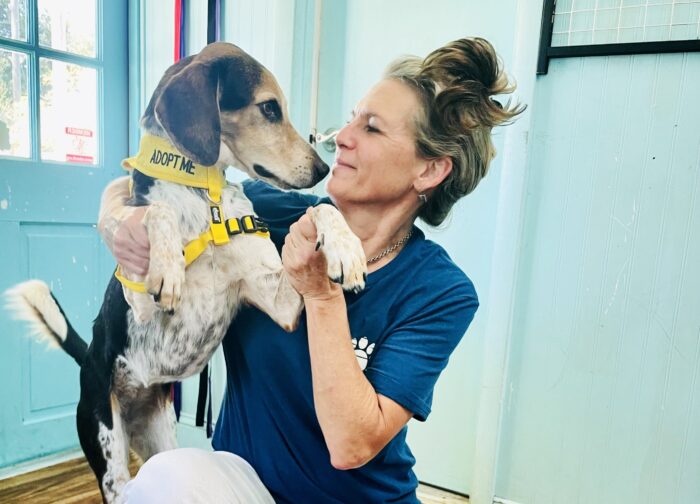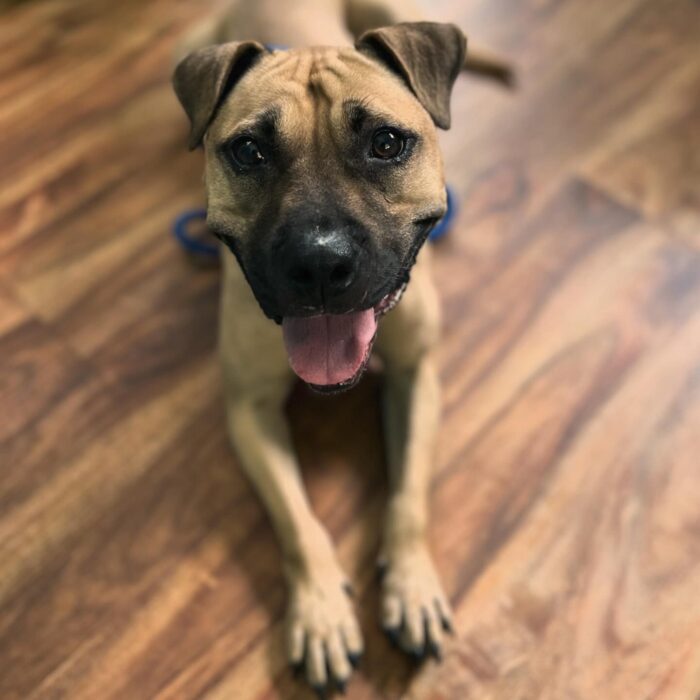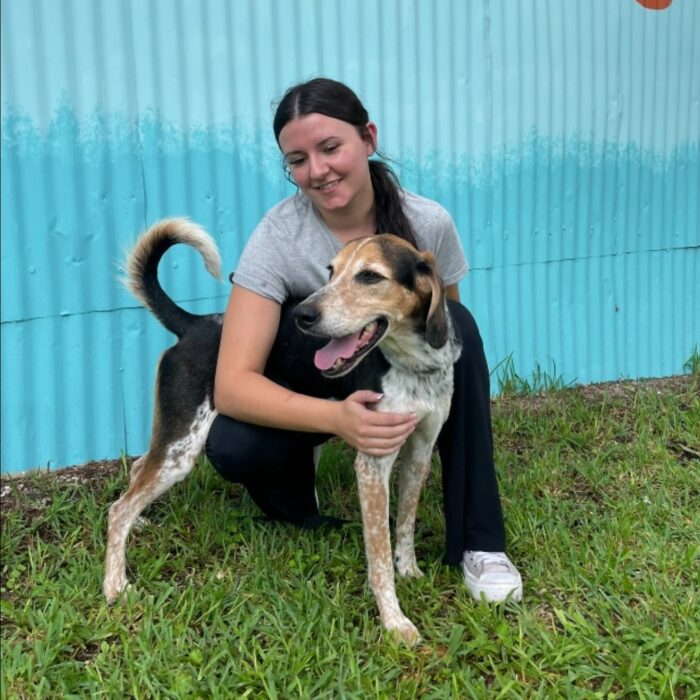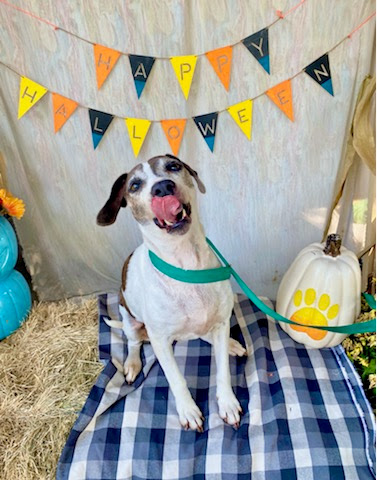October is Adopt-A-Shelter Dog Month!

This month is dedicated to raising awareness about the joys of adopting shelter dogs, and we’re excited to share why you should consider bringing one of these loving pups into your home!
Why Adopt?

- Save a Life
Every year, millions of dogs end up in shelters, many through no fault of their own. By adopting, you give a deserving dog a second chance at life and a loving forever home. - Find Your Perfect Match
Shelter staff can help you find a dog that fits your lifestyle, whether you’re looking for a playful puppy, a calm companion, or an active sidekick. There’s a perfect match waiting for you! - Cost-Effective Choice
Adoption fees are typically much lower than purchasing a dog from a breeder. Plus, many shelters include essential services like vaccinations, spaying/neutering, and microchipping in the adoption fee. - Create Space for More Rescues
When you adopt, you help free up space in shelters, allowing them to rescue more dogs in need. Your decision can have a ripple effect, saving more lives.
Getting Ready for Adoption
If you’re considering adopting a shelter dog this October, here are a few tips to prepare:

- Do Your Research: Look into different breeds and their needs. Consider your lifestyle and what type of dog would be the best fit for you.
- Visit Local Shelters: Spend time at local shelters to meet dogs and see their personalities firsthand. Many shelters also have special events this month!
- Prepare Your Home: Before bringing your new dog home, make sure you have all the necessary supplies, including food, water bowls, a bed, toys, and a safe space for them to settle in.
- Be Patient: Remember, transitioning to a new home can be overwhelming for shelter dogs. Give them time to adjust, and be prepared for a period of adjustment as they learn to trust you.
Join the Movement, Get Involved.
Whether you’re ready to welcome a new furry friend into your home or you want to support your local shelter through volunteering or donations, every little bit helps. Share your adoption stories on social media and use the hashtag #AdoptAShelterDogMonth to inspire others!
Interested in learning more about local shelters and adoption events? Feel free to reach out to us or visit your nearby shelters to find out how you can help!
Halloween & Fall safety – No bones about it, we’re having a howling good time!

Trick or Treat!
When going out trick-or-treating, it’s advised to leave your dog at home. Dogs can be easily excited by the Halloween commotion, and a bite or a lost dog will quickly end the evening’s fun.

Stash the Treats.
Chocolate in all forms—especially dark or baking chocolate—can be very dangerous for cats and dogs, and sugar-free candies containing the sugar substitute xyitol can cause serious problems in pets.
Additional festive food to keep away from your pal include: Chocolates, xyitol, grapes, raisins, pumpkin seeds, and candy wrappers.
Getting your dog ‘doorbell’ ready.
Before the trick-or-treating starts, put your pets in a quiet room where they will be safe from all the Halloween activity. If your pup is likely to try to run out the front door and is comfortable in a crate, consider putting them in the crate with a treat-filled toy and some soft music playing in the background. Minimize noise by sitting outside to keep trick-or-treaters from knocking on the door or ringing the bell.

Be cautious of pet costumes.
Keep an eye on your costumed pet to make sure the costume is comfortable and allows your pet to move freely. Also be sure to remove any chewable parts or objects that could come off and choke your pet.
If your pet appears uncomfortable, take off the costume. Signs of discomfort include folded down ears, eyes rolling back or looking sideways, a tucked tail or hunching over.
Allergy season
Fall allergies are common in dogs, causing a variety of symptoms from watery eyes to skin problems. While spring and summer are common culprits for seasonal months, the cooler months of the year also carry allergens that may affect some pups more than others.

Unfortunately, there’s no cure for allergies. But symptoms can be managed so your pup stays happy and comfortable. Wipe off your dog’s paws and belly with a clean, wet cloth after their walks — this physically removes pollen. Bathe your dog up to once a week, and after outdoor excursions, with a gentle dog shampoo. Vacuum your home and wash linens (including dog beds) frequently to limit dust mite exposure. Follow all general health recommendations for your pup, such as using parasite prevention and a high quality dog food. Finally, talk to your veterinarian about creating an allergy management plan!




